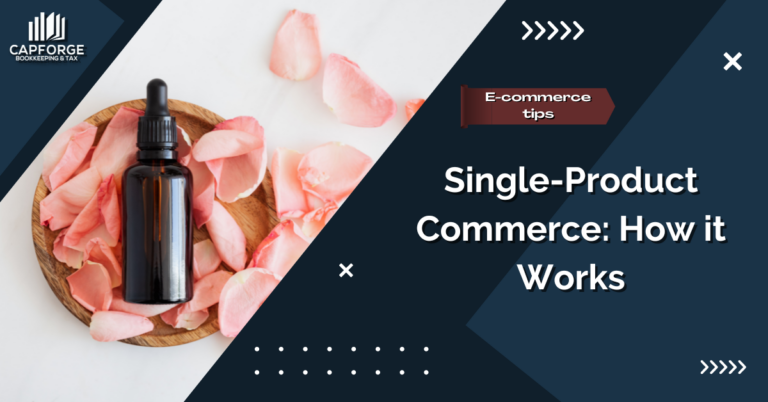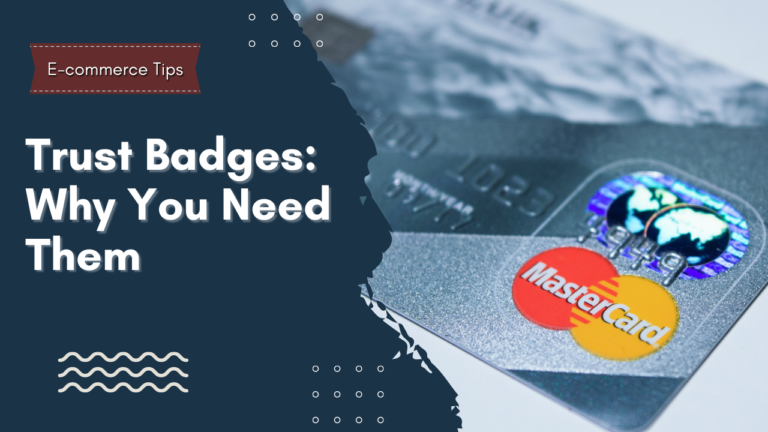How to Write Effective Product Descriptions
As an online seller, the success of your business relies heavily on how well you can showcase your products to potential customers. Nearly 10% of businesses write product descriptions that are inadequate for the needs of their target audience, thus impacting their sales figures.
These numbers alone should tell you that product descriptions play a crucial role in this process, providing shoppers with the information they need to make informed purchasing decisions. In this article, we’ll explore the art of writing effective product descriptions that engage customers, highlight your products’ benefits, and ultimately drive sales.
What are product descriptions?
Product descriptions are written summaries that describe the features, benefits, and unique qualities of a particular product. They’re typically used on e-commerce sites, online marketplaces, and product catalogs to provide shoppers with essential information about a product.
Good product descriptions provide shoppers with a clear understanding of what a product is, what it does, and how it can solve their particular pain points. It’s about communicating your product to your target audience and giving them a reason why they should purchase your offerings.
When it comes to product descriptions, it’s the small details that matter the most. Even a simple mistake like a misspelled word or using incorrect keywords can have a significant impact on how customers perceive your brand.
What makes a great product description?
Brands that put a lot of effort into writing their product descriptions can one-up their competition by increasing online visibility and obtaining the interest of their target audience. But writing compelling copy requires careful thought and planning, so to help you maximize results with your product listings, consider these key elements:
- Clear and concise headline – Your product headline should be short, sweet, and to the point. It should accurately describe the product and entice the customer to read more. Avoid vague or generic headlines that don’t provide any real information about the product.
- Engaging product introduction –The introduction is where you hook the reader and draw them into the rest of the product description. It should be brief but engaging, highlighting the key features and benefits of the product.
- Detailed product information – This is where you provide the nitty-gritty details of the product, including size, weight, materials, and any other relevant specifications. Use bullet points or short paragraphs to break up the information and make it easy to read.
- Unique selling proposition (USP) – Your product’s unique selling proposition is what sets it apart from the competition. It’s what makes your product different, better, or more valuable than similar products on the market. Make sure to highlight your USP in your product description to help it stand out from the crowd.
- High-quality images – While not technically part of the product description, high-quality images are essential for showcasing your product in the best possible light. Make sure to include several images that show the product from different angles and in different contexts.
- Compelling call-to-action – Every product description should end with a clear and compelling call to action. This could be a simple “buy now” button or a more elaborate message encouraging the customer to buy your product.
How to write effective product descriptions
You don’t have to be a wordsmith to write convincing copy for your product descriptions. All you need is a solid strategy to ensure the best results possible. Here are a couple of tips to help you write epic product descriptions:
1. Know your audience
Understanding your target audience is key to writing effective product descriptions. Their interests, buying behaviors, and actions will tell you how you can communicate your product more effectively.
Use this information to tailor your product descriptions to their specific needs and interests.
2. Use descriptive language
Look, everyone knows how to read a spec sheet. Instead of focusing on the obvious details, use descriptive language to bring your product to life. Use adjectives and adverbs to paint a picture of what it’s like to use the product, and use sensory language to appeal to the reader’s senses.
3. Keep it simple
Your product description should be easy to read and understand. Avoid technical jargon or complex language that could confuse or turn off potential customers. Keep sentences short and to the point, and use simple language that anyone can understand.
4. Use social proof
Social proof – such as customer reviews, testimonials, or endorsements – can be a powerful tool for convincing customers to make a purchase. Incorporate social proof into your product descriptions to build trust and increase credibility. Use testimonials from satisfied customers, endorsements from influencers or experts in the field, and any other evidence that shows that your product is worth the investment.
5. Focus on benefits and not features
While it’s important to include product features in your descriptions, it’s even more important to focus on the benefits that those features provide. Customers don’t just want to know what a product does – they want to know how it can solve their problems or make their lives better.
6. Tell a story
Humans are wired to respond to stories, so incorporating storytelling into your product descriptions can be a powerful way to connect with potential customers. Use anecdotes, metaphors, or examples to create a narrative that illustrates how your product can make a difference in the customer’s life.
7. Keep SEO in mind
Writing product descriptions that are SEO-friendly can help your products show up higher in search engine results, increasing visibility and ultimately driving sales. Use relevant keywords in your descriptions, but avoid keyword stuffing or using irrelevant keywords just to rank higher.
8. Edit and proofread
Before publishing your product descriptions, make sure to edit and proofread them carefully. Typos, grammatical errors, and unclear phrasing can all detract from the credibility and professionalism of your online store. You can use proofreading tools like Grammarly to speed up your work and ensure your copy is error-free.
Conclusion
Writing effective product descriptions is an essential part of selling online. By following these tips and techniques, you can create product descriptions that engage customers, highlight your products’ benefits, and ultimately drive sales. Remember to keep your descriptions clear, concise, and compelling, and always put the customer’s needs first
Does your business need help sorting its financial records? If so, our team is here to help! Feel free to fill out the form below, and our team will get in touch with you shortly.







